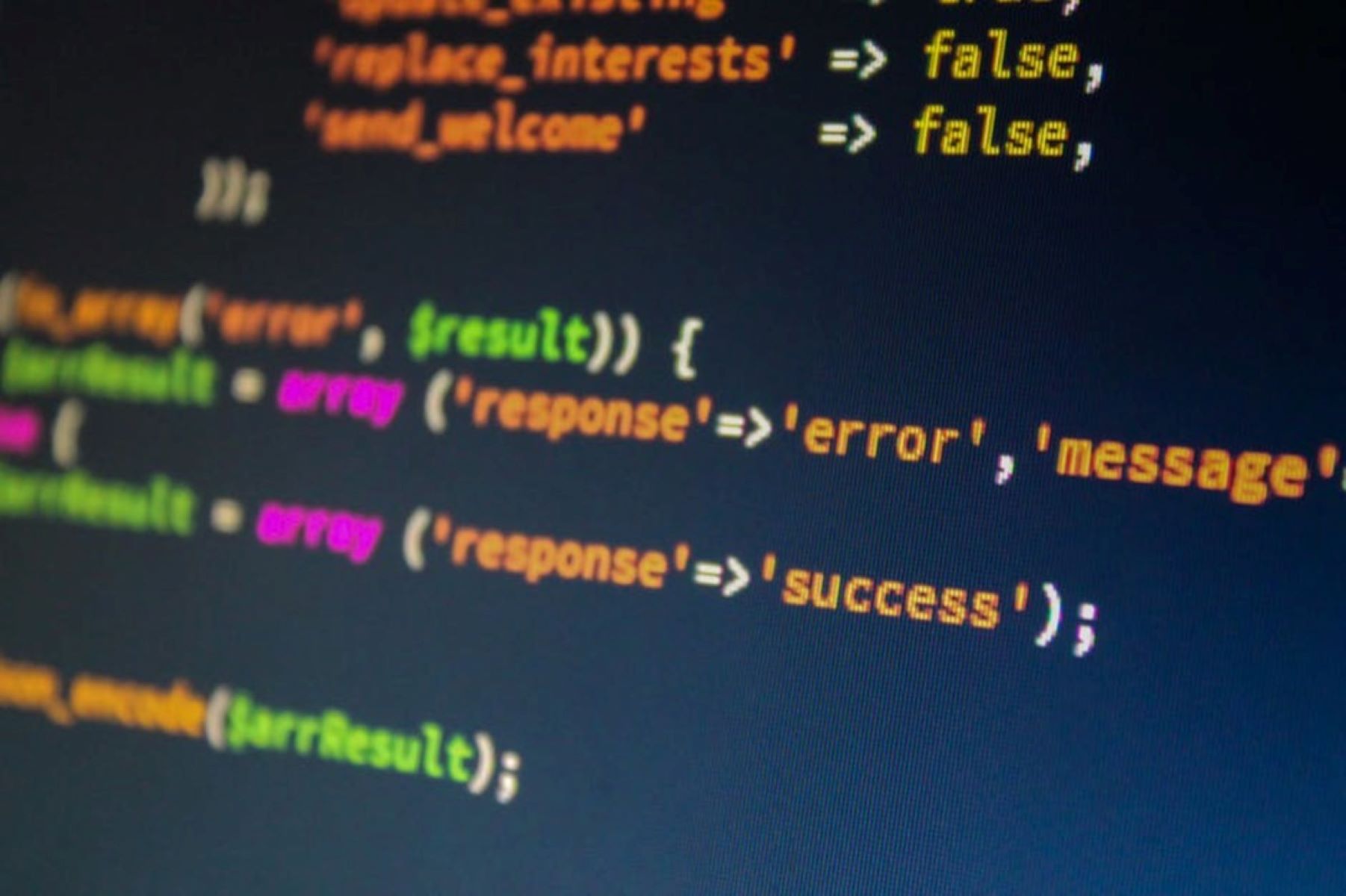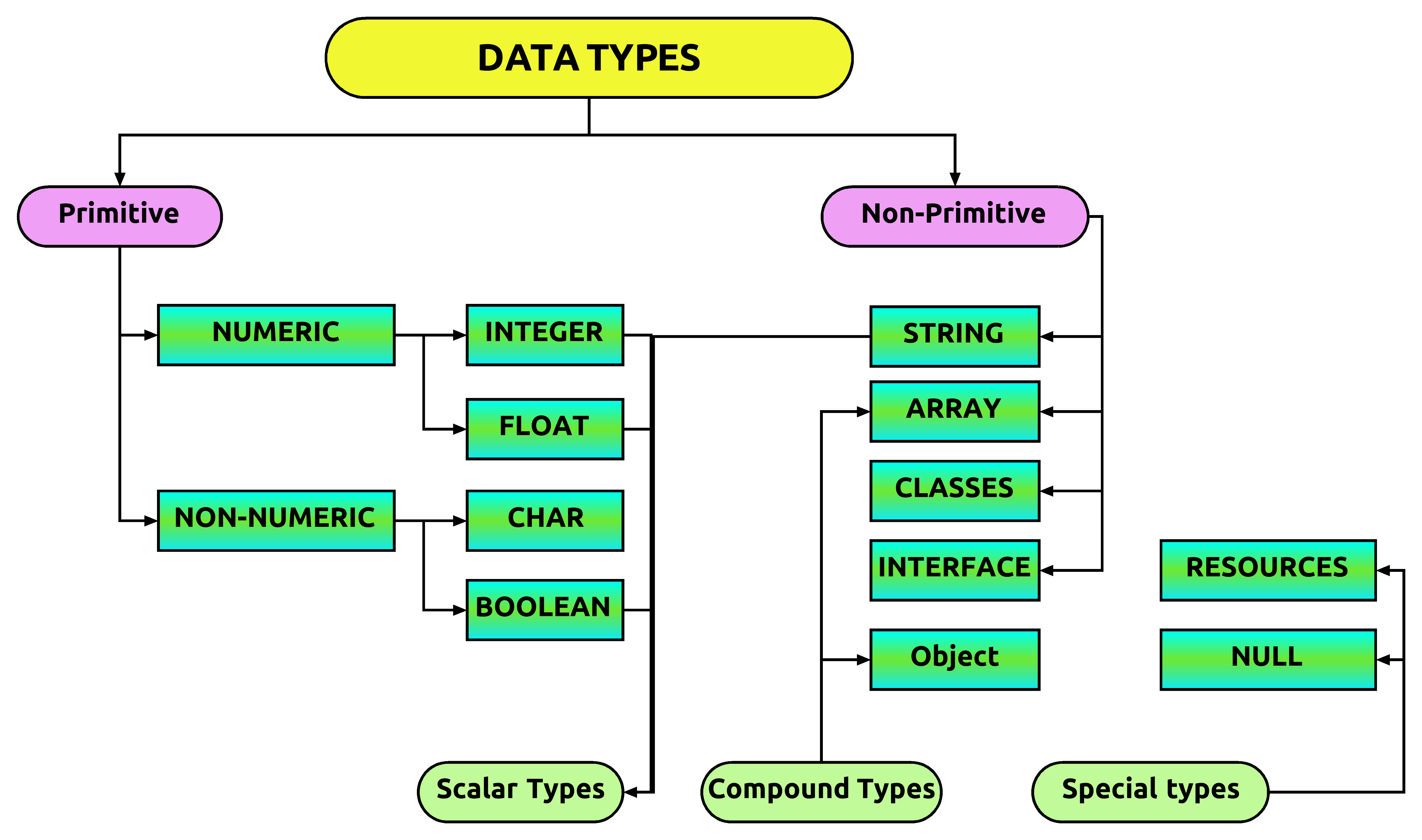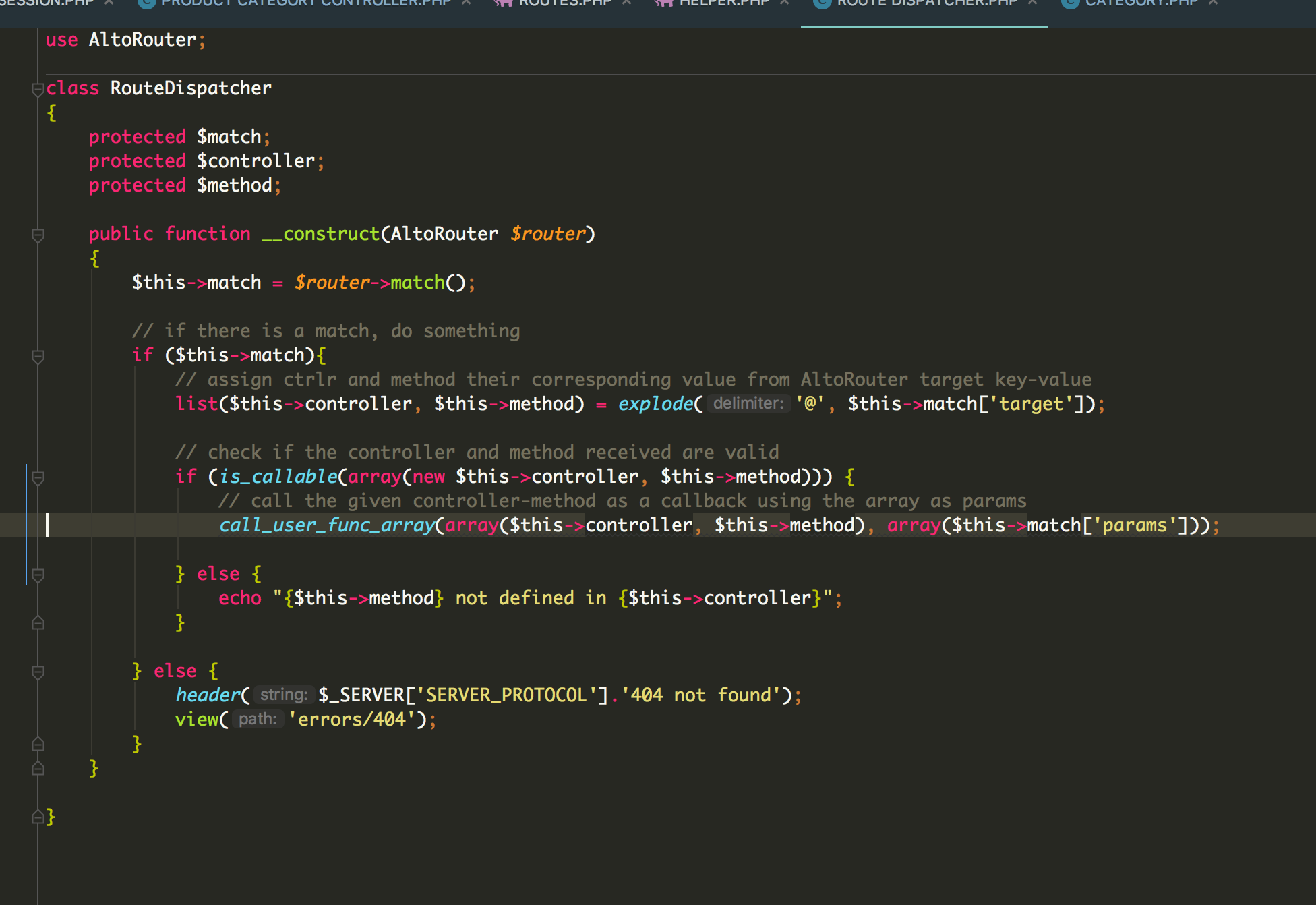Introduction
Welcome to the world of coding! Whether you are a beginner or a seasoned developer, understanding the concept of objects is essential. Objects are at the core of many programming languages, including HTML, CSS, JavaScript, and more. They play a crucial role in organizing and manipulating data, and are fundamental to writing efficient and maintainable code.
An object, in the context of coding, is a basic unit of data that represents a specific entity or concept. It encapsulates related properties (also known as attributes or variables) and behaviors (also known as methods or functions) into a single entity. This allows for abstraction, modularity, and reusability of code.
Objects are modeled after real-world entities or abstract concepts. For example, if we were constructing a program to manage a library, we might create an object called “Book.” This object would have properties such as title, author, genre, and publication date. It would also have methods such as borrow(), return(), and displayDetails(). By defining these properties and behaviors within a single object, we can create and manage multiple book instances in a structured and efficient manner.
One of the key characteristics of objects is that they can interact with each other. They can send messages, modify each other’s properties, and collaborate to perform complex tasks. This allows for the creation of dynamic and interactive applications.
Objects also support the concept of inheritance, which enables the creation of specialized objects based on existing ones. This promotes code reuse and simplifies the development process. By inheriting properties and behaviors from a parent object, child objects can add their own unique characteristics while maintaining the core functionality.
In the upcoming sections, we will explore how to create objects, access their properties and methods, modify object properties, and dive deeper into the concept of object inheritance.
Definition of an Object
In the world of coding, an object is a fundamental concept that represents a specific entity or concept. It serves as a basic unit of data that encapsulates related properties and behaviors into a cohesive entity. Objects are integral to many programming languages and play a crucial role in organizing and manipulating data.
An object consists of two main components: properties and methods. Properties, also known as attributes or variables, define the characteristics and attributes of the object. These can include things like the object’s name, size, color, or any other relevant information. Methods, on the other hand, define the actions or behaviors that the object can perform. These methods allow the object to interact with other objects or manipulate its own properties.
Think of an object as a blueprint or a template for creating instances of a specific type of entity. Let’s take the example of a car. The concept of a car can be represented by creating a car object. This car object would have properties such as the make, model, color, and year. It would also have methods such as startEngine(), accelerate(), and brake(). By creating instances of this car object, we can represent individual cars with their respective properties and behaviors.
It’s important to note that objects are based on classes, which serve as the blueprint or definition from which objects are created. A class defines the structure and behavior of objects of a particular type. Objects that are created based on the same class share the same properties and methods, but their specific values may differ.
Objects also have the ability to store data and perform operations on that data. This feature is known as encapsulation. By encapsulating properties and methods within an object, we can control access to the internal workings of the object, ensuring data integrity and enhancing code readability.
In summary, an object is a fundamental concept in coding that represents a specific entity or concept. It encapsulates related properties and behaviors into a cohesive entity and serves as a blueprint for creating instances of that entity. Objects are based on classes, define the structure and behavior of the entity, and allow for data encapsulation and manipulation.
Characteristics of an Object
Objects in coding possess several key characteristics that differentiate them from other data structures. Understanding these characteristics is crucial for effectively utilizing objects to their full potential. Let’s delve into the essential characteristics of an object:
- State: An object has a state that represents its current condition or values of its properties. For example, a car object may have a state with properties like speed, fuel level, and gear. The state of an object can be modified or accessed to reflect changes in its data.
- Identity: Each object has a unique identity that distinguishes it from other objects. This identity is typically assigned when the object is created and is used for identification and comparison purposes.
- Behavior: Objects can exhibit behaviors through their methods. These methods define the actions or operations that the object can perform. For instance, a dog object may have behaviors like bark(), eat(), and sleep(). These behaviors allow objects to interact with other objects or manipulate their own properties.
- Encapsulation: Objects encapsulate their properties and methods, meaning that they bundle them together and control access to them. This concept is crucial for data protection and separation of concerns. Encapsulation allows for the hiding of certain properties or methods, making them inaccessible from outside the object. It promotes code organization and modularity.
- Abstraction: Objects provide abstraction by simplifying complex systems or entities into manageable units. Abstraction involves hiding unnecessary details and only exposing essential functionalities. This allows developers to focus on the high-level design and implementation of the object without getting caught up in the nitty-gritty.
- Inheritance: Objects can inherit properties and behaviors from other objects, forming a hierarchy of classes and subclasses. Inheritance promotes code reuse and helps to create specialized objects based on existing ones. It allows for the extension and customization of object functionality while maintaining the core features inherited from the parent object.
- Polymorphism: Polymorphism allows objects to take on multiple forms or behaviors. It enables the use of a single interface to represent different object types. This feature enhances code flexibility and scalability, allowing objects to respond differently to the same method based on their specific implementation.
Understanding these characteristics is crucial for effectively working with objects in coding. By leveraging these features, developers can create robust, modular, and reusable code that accurately represents real-world entities or specific concepts.
The Importance of Objects in Coding
Objects play a critical role in coding, and their importance extends across various programming languages and domains. Understanding the significance of objects can greatly enhance the development process, code organization, and overall efficiency. Let’s explore why objects are essential in coding:
Modularity and Reusability: Objects promote modularity by encapsulating properties and behaviors into self-contained units. This allows for code organization, making it easier to understand and maintain. Additionally, objects can be reused in different parts of the code or even in different projects, saving time and effort. By leveraging pre-existing objects, developers can build upon proven functionality and avoid reinventing the wheel.
Abstraction and Simplification: Objects provide a level of abstraction by simplifying complex systems or entities. They allow developers to focus on high-level design and implementation, without getting bogged down in the details. This abstraction improves code readability and comprehension, making it easier to collaborate and share code with other programmers.
Data Integrity and Security: Encapsulation in objects helps ensure data integrity and security. By controlling access to properties and methods, developers can enforce rules and constraints for interacting with an object’s data. This prevents unauthorized changes and enhances data protection. Additionally, encapsulation prevents unintended side effects by limiting direct manipulation of object properties, reducing the risk of bugs and errors.
Code Maintainability: Object-oriented programming (OOP) principles, which revolve around objects, greatly improve code maintainability. Objects encapsulate related properties and behaviors, making it easier to identify and modify specific functionalities. Changes made to an object’s properties or methods can be localized, minimizing the impact on other parts of the code. This makes it more efficient to update and upgrade applications as requirements evolve over time.
Code Extensibility and Scalability: Objects support inheritance, which enables the creation of specialized objects based on existing ones. Inheritance promotes code reuse, as child objects inherit the properties and behaviors of their parent objects. Developers can extend or modify these inherited features to accommodate new requirements. This scalability allows applications to grow and adapt without significant rework or disruption to the existing codebase.
Collaboration and Code Organization: Objects provide a natural way to divide code into logical units, which facilitates collaboration among developers. Each object represents a self-contained entity with clear responsibilities, making it easier to assign tasks and coordinate efforts. Well-designed objects create a coherent and structured codebase, enhancing code comprehensibility for team members. This improves communication, reduces code conflicts, and enables efficient teamwork.
In summary, objects are of paramount importance in coding due to their modularity, reusability, abstraction, data integrity, code maintainability, extensibility, and facilitation of collaboration. By leveraging the power of objects, developers can create efficient, structured, and easily maintainable code, enabling the development of robust and scalable software solutions.
Creating an Object
In coding, creating an object involves instantiating, or creating an instance of, a class. A class serves as a blueprint or template that defines the structure and behavior of the object. Let”s explore the steps involved in creating an object:
- Define the Class: The first step is to define the class, which acts as a blueprint for the object. The class specifies the properties and methods that the object will have. It establishes the structure and behavior of the object.
- Instantiate the Object: Once the class is defined, we can instantiate the object by creating an instance of the class. This is done using the “new” keyword, followed by the class name. For example, if we have a class called “Car,” we can create an instance of it using the syntax “Car myCar = new Car();”. This creates a new object of the Car class.
- Assign Values to Properties: After creating the object, we can assign values to its properties. Properties represent the characteristics or attributes of the object. We can access and modify these properties using dot notation. For example, if the car object has a property called “color,” we can assign a value to it like this: “myCar.color = ‘red’;”.
- Invoke Methods: Objects can also have methods, which define the actions or behaviors that the object can perform. We can invoke these methods by calling their names on the object instance, followed by parentheses. For example, if the car object has a method called “startEngine,” we can call it like this: “myCar.startEngine();”.
- Utilize the Object: Once the object is created and properties and methods are assigned and invoked, we can fully utilize the object in our code. We can access its properties to retrieve information or modify its state. We can also call its methods to perform specific actions or operations.
It’s important to note that objects are not limited to a single instance. We can create multiple instances of the same class, each with its own set of properties and behaviors. These individual object instances can interact with each other, share common methods, or have unique characteristics.
By creating objects, we can represent real-world entities or abstract concepts in our code. Objects bring data and behavior together, allowing us to write organized, modular, and reusable code.
Accessing Object Properties and Methods
To fully utilize the power of objects in coding, it’s essential to know how to access their properties and invoke their methods. Objects provide a convenient way to interact with and manipulate data through well-defined interfaces. Let’s explore how to access object properties and methods:
Accessing Object Properties: Properties in an object represent its characteristics or attributes. To access an object’s property, we use dot notation. The syntax is as follows: objectName.propertyName. For example, if we have an object named “person” with a property “name”, we can access it using person.name. This allows us to retrieve the value stored in the property or assign a new value to it.
Invoking Object Methods: Methods in an object define the actions or behaviors that the object can perform. To invoke an object’s method, we again use dot notation. The syntax is as follows: objectName.methodName(). For example, if we have an object named “car” with a method “startEngine”, we can invoke it using car.startEngine(). This triggers the execution of the method, allowing the object to perform the specified action.
Passing Arguments to Methods: Object methods often require additional information to perform their tasks. We can pass arguments to methods by including them within the parentheses when invoking the method. For example, if we have a method named “drive” in an object “car” that requires a parameter to specify the destination, we can invoke it like this: car.drive("New York").
Chaining Property and Method Access: Objects also allow us to chain property and method access together. This means that we can access a property and then immediately invoke a method on that property. The syntax for chaining is as follows: objectName.propertyName.methodName(). For example, if we have an object “person” with a property “address” and a method “formatAddress”, we can chain them together like this: person.address.formatAddress().
It’s worth mentioning that some programming languages may have different syntax or conventions for accessing object properties and methods, but the underlying concept remains the same. Dot notation or similar syntax is used to access members within an object.
By accessing and manipulating object properties and invoking object methods, we can work with the data and behaviors encapsulated within the object. This allows us to build dynamic and interactive applications that respond to user input or perform complex operations.
Modifying Object Properties
Modifying object properties is an essential aspect of working with objects in coding. Object properties represent the characteristics or attributes of an object, and the ability to modify them allows for dynamic and flexible behavior. Let’s explore how to modify object properties:
Accessing Object Properties: Before modifying an object’s property, we need to access it. As mentioned in the previous section, we use dot notation to access object properties. The syntax is objectName.propertyName. For example, if we have an object named “person” with a property “name”, we can access it using person.name.
Assigning New Values: To modify an object property, we simply assign a new value to it. Using the dot notation, we can assign a new value to the property. For example, if we want to change the value of the “name” property of the “person” object, we can do so using person.name = "John Doe". This reassigns the property with the new value, effectively modifying it.
Updating Property Values: In addition to assigning new values, we can also update property values based on their current state. For example, if we have an object representing a shopping cart with a property “total” to hold the current total value, we can update it by incrementing or decrementing the existing value. We can use mathematical operations like addition or subtraction with the current property value to update it accordingly.
Conditional Property Modification: In some cases, we may want to modify an object property based on certain conditions. We can use conditional statements to check for specific conditions and modify the property accordingly. For example, if our “person” object has a property “age”, we can use an if statement to check if the person is of legal drinking age and modify another property “canDrink” accordingly. This allows us to dynamically update properties based on specific requirements or conditions.
Modifying object properties is a powerful technique that enables us to adapt the behavior of objects and reflect changes in their state. By assigning new values, updating existing values, or conditionally modifying properties, we can create dynamic and interactive applications that respond to user input or change conditions.
Object Inheritance
Object inheritance is a fundamental concept in object-oriented programming (OOP) that allows for the creation of specialized objects based on existing ones. Inheritance promotes code reuse, modularity, and the efficient management of related objects. Let’s explore the concept of object inheritance:
Defining Parent and Child Classes: In inheritance, we have a parent class (also called a superclass or base class) and one or more child classes (also called derived classes or subclasses). The parent class serves as the blueprint or template for the child classes. It defines the common properties and methods that will be inherited by the child classes.
Inheriting Properties and Methods: Child classes inherit all the properties and methods of the parent class. This means that the child class has access to the same set of properties and methods as the parent class. This inheritance allows for code reuse and avoids duplicating common functionalities across multiple classes.
Extending Functionality: Child classes can extend the functionality of the parent class by adding additional properties and methods. These additional members are specific to the child class and enhance its capabilities. This feature promotes scalability and customization by allowing child classes to have unique characteristics while maintaining the core functionality inherited from the parent class.
Overriding Methods: In some cases, a child class may need to modify or override a method inherited from the parent class. This allows the child class to provide its own implementation of the method, tailored to its specific needs. Method overriding enables child classes to have different behavior while still benefiting from the existing structure and functionality provided by the parent class.
Super Keyword: In some programming languages, there is a special keyword called “super” that refers to the parent class. It allows child classes to access and invoke methods or constructors of the parent class. This enables child classes to utilize the inherited functionality while making specific modifications or additions.
Inheritance creates a hierarchical relationship among classes, where child classes inherit properties, methods, and behavior from the parent class. This not only promotes code reuse but also enhances code organization and promotes a logical structure. Inheritance is a fundamental aspect of OOP, enabling the creation of complex systems with multiple interrelated objects.
Conclusion
Objects are a fundamental concept in coding, serving as the building blocks for organizing and manipulating data. They encapsulate related properties and behaviors into cohesive entities, allowing for code modularity, reusability, and abstraction. With the ability to create objects, access their properties and methods, modify their properties, and leverage object inheritance, developers can write efficient, maintainable, and scalable code.
By utilizing objects, we can represent real-world entities or abstract concepts in our code, making it easier to understand and work with complex systems. Objects allow us to model the characteristics, behaviors, and relationships of entities, enabling the creation of dynamic and interactive applications.
Understanding the characteristics of objects, such as their state, identity, behavior, encapsulation, abstraction, inheritance, and polymorphism, empowers developers to design and implement effective solutions. Objects promote code organization, enhance code comprehensibility, and facilitate collaboration among team members.
By employing object-oriented programming (OOP) principles and leveraging objects in our code, we can build modular, reusable, and extensible applications. Objects provide a powerful way to structure code, manage data, and build systems that can evolve and adapt with changing requirements.
In conclusion, objects serve as the foundation of coding, enabling the representation of entities, abstraction of complex systems, and creation of flexible and scalable applications. Embracing the power of objects empowers developers to write clean, modular, and maintainable code that can stand the test of time.
























